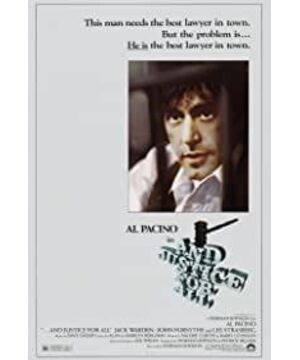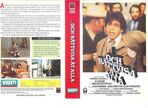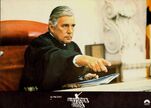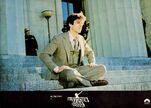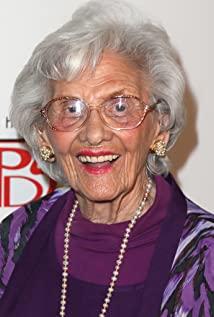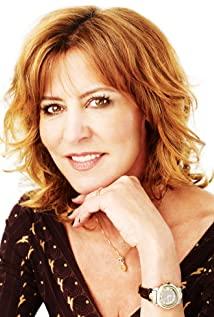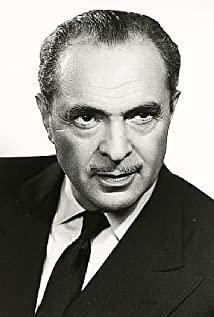Think of "Conflict" in 1973, one person confronts the entire dirty judicial system.
Professional ethics conflicts with legal justice, and the theme is quite deep, but the film is difficult to understand in some places in order to deliberately reflect the theme.
1. Why did Carl give Arthur the photo? As a defender, Arthur wanted to help the client get rid of the crime. Isn't taking evidence to put Arthur on the road to losing his qualifications as a lawyer? Carl was also complacent and returned Arthur's favor.
2. After Arthur got the iron evidence of his crime, Fleming was so confident that Arthur would still choose to defend him. He also knew that Arthur had chosen justice and betrayed when the bottom line of the lawyer's career was conflicting with justice. The person involved, because Fleming has his career prospects? I personally feel that this kind of transaction is not a good deal for Fleming.
3 Graford always thought of various ways to commit suicide, and it seemed very unreasonable in the last bathroom. Didn't he carry a small pistol with him? Why didn't he shoot himself directly in the head. Or is it deliberately using black humor to show that the entire court is messed up?
4. The heroine has always been a representative of realism to set off Arthur's personal idealism, but in the end, when Arthur was dragged out of the court, she raised her arms and shouted for him, which is really puzzling.
Aside from the plot, Pa's performance in the parking lot and the court is still convincing.
View more about And Justice for All reviews


